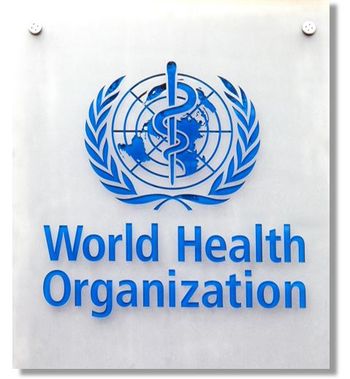
When a Robot Does Rounds Patients Get Faster Discharge
BALTIMORE -- Regular bedside visits from a six-foot-tall robot with a flat screen monitor for a face resulted in shorter lengths of stay following laparoscopic gastric bypasses, researchers here reported.
BALTIMORE, July 13 -- Regular bedside visits from a six-foot-tall robot with a flat screen monitor for a face resulted in shorter lengths of stay following laparoscopic gastric bypasses, found researchers here.
The robot uses a videoconference system to conduct two-way remote communication, which effectively permitted surgeons to be in two places as once, said Alex Gandsas, M.D., of Sinai Hospital of Baltimore, and colleagues.
The robot, which runs on a Windows-based control station computer, is equipped with a 15-inch flat screen monitor, two high-resolution cameras, and a directional microphone.
Seventy-seven percent of patients who had robotic monitoring as well as human were discharged the day after an uncomplicated laparoscopic gastric bypass versus no day-one discharges among 284 patients who had usual post-surgical care, they reported in the July issue of the Journal of the American College of Surgeons.
Dr. Gandsas and colleagues reviewed medical charts of 376 patients who underwent laparoscopic gastric bypass surgery for morbid obesity from January 2004 to July 2006.
Ninety-two of the patients had half of post-op bedside rounds performed by the RP7 robotic mobile unit, made by Intouch Health of Santa Barbara, Calif. Two-hundred-eighteen patients (77%) assessed exclusively by bedside rounds were discharged on day two.
The mean length of stay was 1.26 days for patients who received attention from both robot and humans versus 2.33 days for patients who had only standard medical rounds.
The standard group typically had four bedside rounds following surgery, with the first immediately following surgery, followed by another the following morning, then late in the afternoon of the first post-op day, and again early on the second post-op day.
Patients visited by the robot typically had those four visits as well as robot rounds at 10 p.m. following surgery, then at noon and 2 p.m., and on the first post-op day, finally at 7 p.m. on the post-op day when the patient was discharged.
Use of the robot was a win-win situation said Dr. Gandsas because early discharge freed up beds, 54 of which were reoccupied for a financial gain of ,578. At the same time, the robots saved the hospital ,378 on room and board costs.
Moreover, the readmission rate, which was low in both groups, was only 1% for patients monitored by robots versus 2% for those in the standard post-op care group.
Cost and maintenance of the robot was calculated as ,000 per month or ,000 per year.
Dr. Gandsas balanced that cost against estimated room and board savings of ,076 and estimated annual contribution margin of ,104 for admissions to newly freed beds, for an estimated annual benefit of ,180.
Moreover, he and colleagues concluded that the close monitoring made possible by use of the robot "can help anticipate events that can otherwise prolong hospitalization."
Newsletter
Enhance your clinical practice with the Patient Care newsletter, offering the latest evidence-based guidelines, diagnostic insights, and treatment strategies for primary care physicians.



















































































































































































































































































